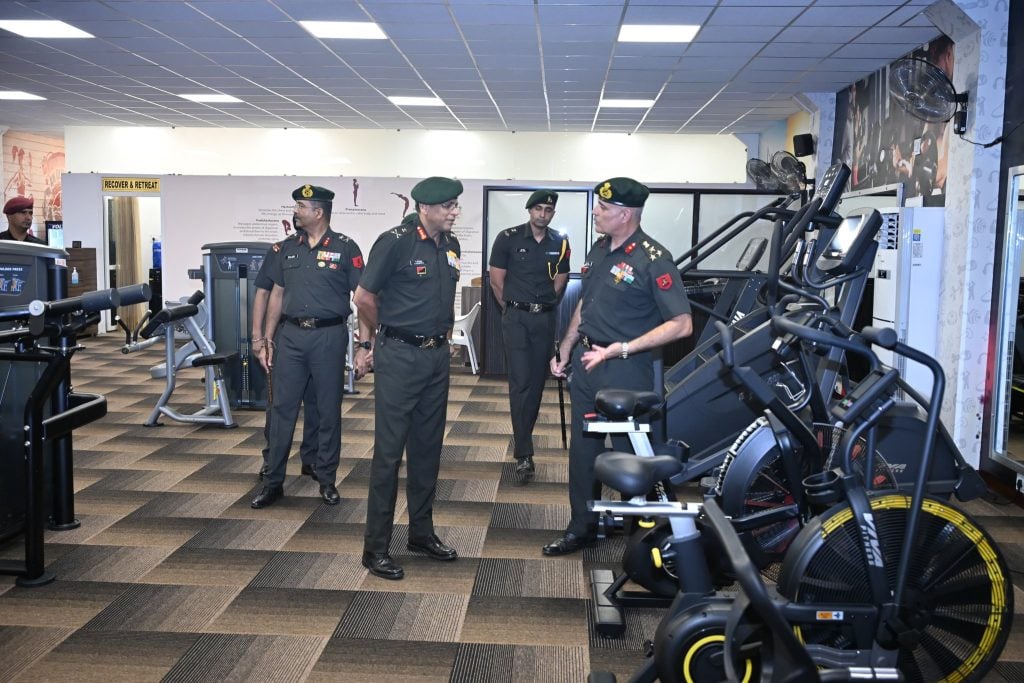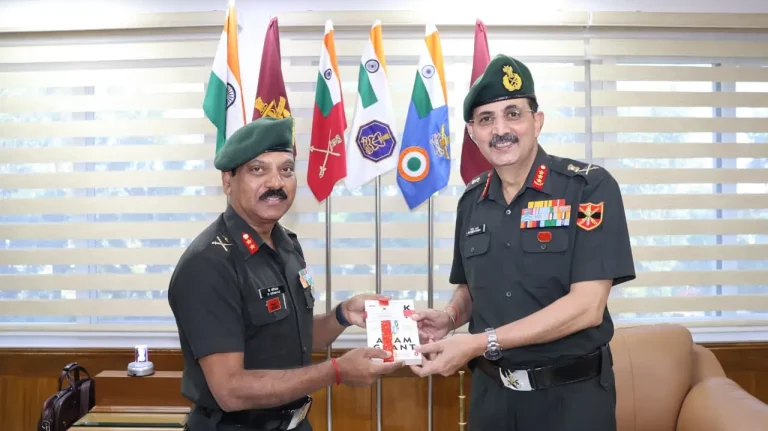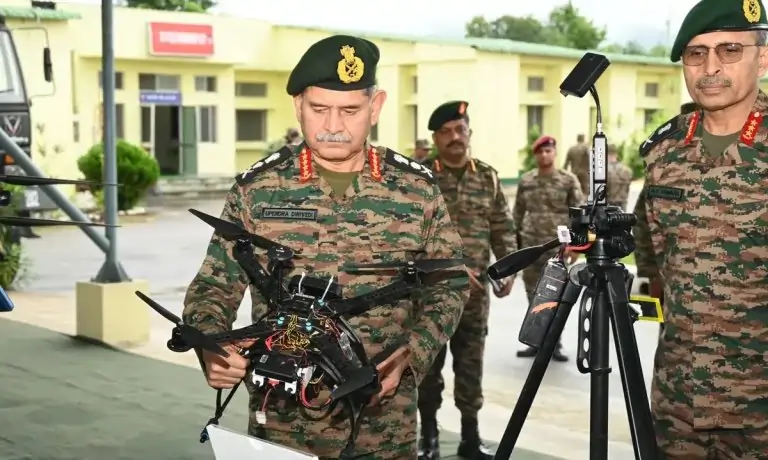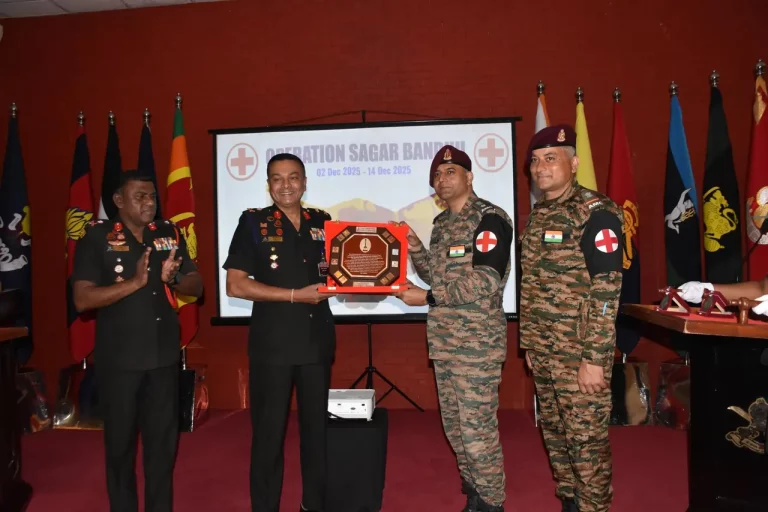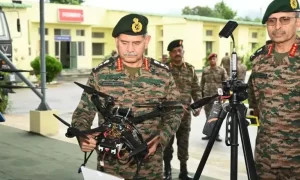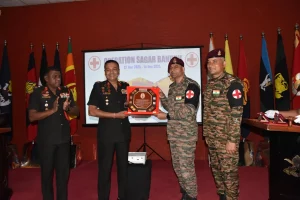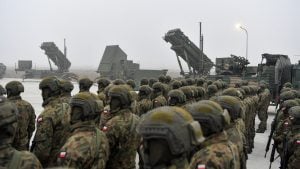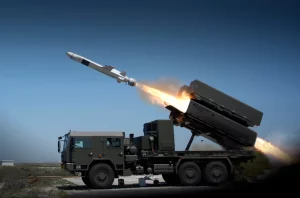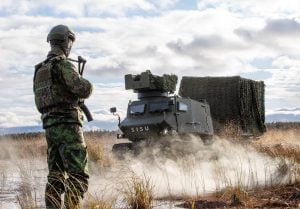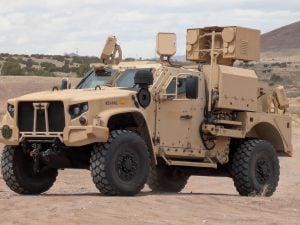In a significant move towards modernization, the Indian Army is enhancing its focus on technology, as evidenced by the recent visit of Lieutenant General Anindya Sengupta, General Officer Commanding-in-Chief of Central Command, to the Sikh Regimental Centre in Ramgarh. This visit emphasized the Army’s commitment to integrating advanced drone systems into both training and combat preparedness.
During his visit, Lt Gen Sengupta received a comprehensive briefing on the Centre’s operational capabilities, as well as insights into the evolving training model introduced under the Agnipath scheme, which was launched in 2022. This hybrid training approach, which combines traditional regimental practices with contemporary warfare techniques, has reportedly resulted in a 15% increase in recruit readiness, according to data from the Ministry of Defence.
A standout feature of the visit was a live demonstration of various drone technologies, highlighting their diverse applications in surveillance, reconnaissance, and tactical operations. These drone capabilities are particularly valuable in challenging terrains such as the Himalayas and the North-East, where conventional strategies may fall short. This forward-thinking initiative aligns with global military trends; a recent report by the RAND Corporation noted a 40% increase in the employment of drones for tactical training worldwide.
In addition to enhancing operational capabilities, the Indian Army is investing in the development of an indigenous drone ecosystem. This effort includes integrating both imported systems like the Harpy and MQ-9 Reaper, and domestically produced platforms such as the Rustom-II and Netra. This strategy aims to minimize reliance on foreign technology while establishing India as a center for drone innovation.
Lt Gen Sengupta, with significant experience in counter-insurgency operations in regions such as Kashmir, the Siachen Glacier, and Congo, praised the Centre for its progressive methodologies. He encouraged personnel at all levels to uphold high standards of professionalism and readiness, reflecting the Army’s evolving role in national security.
The visit also featured reviews of administrative frameworks and interactive sessions with personnel, reinforcing the legacy of discipline and innovation prominent within the Sikh Regiment. The transition from traditional weaponry to advanced drone systems illustrates the Indian Army’s dedication to adapting to modern warfare demands while honoring its historical legacy.
